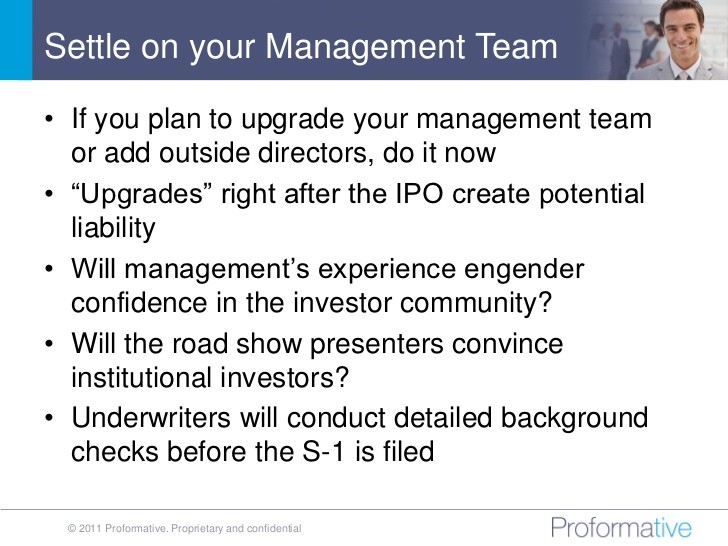What to Know About Stock Option Plans Before Making Big Decisions
Post on: 15 Апрель, 2015 No Comment

Employee ownership has grown greatly in popularity over the last decade, and the growth is expected to continue. There are two types of arrangements through which employees can gain partial ownership of their employers company and share in its growth: stock ownership plans and stock option plans. The two are similar but not identical, so its worthwhile to look at each in turn.
An employee stock ownership plan (ESOP) is a tax-qualified, defined-contribution retirement plan which makes a companys employees partial owners. Contributions are made by the sponsoring employer, and can grow tax-deferred, just as with an IRA or 401(k). But unlike other retirement plans, the contributions must be invested in the companys stock. The benefits for the company include increased cash flow, tax savings, and increased productivity from highly motivated workers. The main benefit for the employees is the ability to share in the companys success. Due to the tax benefits, the administration of ESOPs is regulated, and numerous restrictions apply.
An employee stock option plan gives you the right to buy a certain number of shares of your employers stock at a stated price (called the grant price, strike price, or exercise price) over a certain period of time (for example, ten years). Nearly all stock option plans are offered by companies which are publicly traded or which will soon go public. In many cases, the shares vest over a period of several years, meaning that some fraction of the shares can be exercised in the first year, another fraction in the second year, and so on. Whenever the options exercise price is above what the stock currently trades for, the option is in the money. Otherwise, it is underwater.
There are two basic types of stock options: non-qualified stock options and incentive stock options. Here are the major differences between the two.
For nonqualified stock options, you usually dont owe any taxes when the options are granted, but pay ordinary income tax on the difference between the exercise price and the current stock price value when you exercise the options. Companies can deduct this amount as a compensation expense. Any subsequent appreciation in the stock is taxed at capital gains rates when you sell the shares (which is more favorable if you hold for at least one year). They can be granted at a discount to the current stock price, and they are transferable to children and charity (provided your employer allows it).
For incentive (or qualified) stock options (ISOs), no income tax is due when the options are granted or when theyre exercised. Instead, the tax is deferred until you sell the stock, at which time you are taxed for your entire gain. As long as you sell at least two years after the options were granted and at least one year after you exercised them, youll be taxed at the lower, long-term capital gains rate; otherwise, the sale is considered a disqualifying disposition, and youll be taxed as if you had held nonqualified options (the gain at exercise is taxed as ordinary income, and any subsequent appreciation is taxed as capital gains). ISOs may not be granted at a discount to the current stock price, and they are not transferable, except through a will.

There are three basic ways to exercise your options:
- Pay cash. This is the simplest technique.
- Stock swap. Some employers let you trade company stock that you already own to acquire option stock. Since the exercise price is below the stock price, you will get more shares than you give up.
- Cashless exercise. In this technique, you borrow from a broker the amount you need to exercise your options and sell just enough of these shares to cover the costs. You receive the difference in stock or cash.
Please note that this section is intended as only a very basic introduction to employee stock and option plans. The topic is complex and there are a large number of rules that must be followed in order to avoid penalties and maximize the benefit to you. If you are participating in a stock ownership plan or stock option program, or if you have shares or options from a former employer, we strongly encourage you to learn more and consider talking to a financial or tax professional before making any major decisions .














